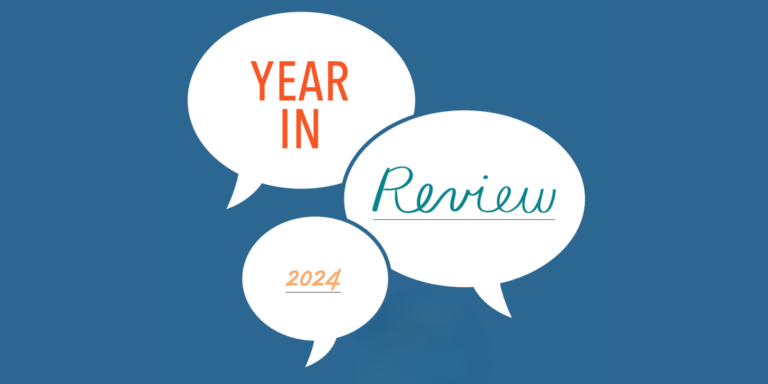
We believe that innovation – whether it is technologically or organizationally driven – can happen anywhere, in any industry, region, or community. For decades, scholars, economists, and business leaders have articulated ways in which innovation is connected to economic growth and well-being. While they differ in terminology (Innovation Economy, New Economy, Network Economy, Digital Economy, Fourth Industrial Revolution, to name a few), they all suggest that these opportunities for growth are most fertile when the foundations of innovative capacity are secure.
While innovation may be measured by productivity or patents, innovative capacity is seeded by access to skills building, collaborative and inclusive environments, enabling policies, technological advancements, and a social infrastructure of networks and support. The rise in connectivity and emphasis on talent capacity have accelerated the pace of innovation, making it possible for more people to participate.
However, the foundations that support innovation are not accessible to everyone. And the appetite for innovation and risk does not emerge from a vacuum. Boldness requires a safety net, experimentation requires room, a pivot requires new skills. All too often, for workers and capital alike, these resources rest in the hands of those who have already achieved success.
At Siegel Family Endowment, our vision is for all people to achieve economic security and prosperity. That’s why we’re concerned that access to the innovation economy is not equally distributed. We see that innovative capacity is constrained by many factors: an outdated education and labor market system; the top-down integration of digital technologies; the precarity of work; biases in hiring and promotions; and an imbalance of capital. These constraints are particularly acute for people of color, women, and those who live in rural communities or overlooked parts of the country. Too much potential is wasted because we lack the needed innovation infrastructure, such as skills, peers and networks, financial support, shareholder business models, and encouraging policies to underpin it.
We’re asking how to bring innovative capacity closer to many who are now left out, and make the rewards of innovative ideas accessible to everyone. As such, our vision is to promote an equitable innovation economy, one that enables all people and their communities to achieve economic prosperity.
In the next few weeks, we’ll highlight our revised approach to inquiries into three areas that we believe can lead to more equitable participation in the innovation economy: community-driven innovation, spurred on by the sustainable financing of lifelong skilling and access to empowering social connections.
1. Community-Driven Innovation
Many cities have systems in place to generate growth: skilled workers, high quality universities, entrepreneurial spirit, quality of life, ample infrastructure, and a base of venture capital that can turn new ideas into profitable companies. However, not everyone within these cities participates in or benefits from rapidly growing, innovative sectors. Not all cities become high-performance hubs, and not every hub emerges organically. Creating more equitable innovation in these communities would mean changing the systems that support innovation, so that more people are included in, and benefit from, rapidly growing and innovating sectors. Read more here.
2. Sustainable Financing of Lifelong Skilling
Knowledge and skills continuously redefine barriers and demands within the labor market. People shift roles from learner to worker, and back again, throughout their lives – often wearing both hats at once. However, the burden often falls on individuals to pursue skills development, which can exclude those who don’t have the resources, time, or capacity to seek out the skills they need. We believe there are roles for individuals, companies, government, and philanthropy in financing and scaling effective programs. We’re interested in models that can scale on their own, while offering equitable payment arrangements to all stakeholders. Read more here.
3. Access to Empowering Social Connections
Social infrastructure, which we define as the relationships and communities that shape the way people connect with each other, reflects an often unspoken reality: social connections lead to opportunities. While many people have strong social networks, they might not include the types of mentorships, advisors, peers, or capital that can open doors for great ideas and upward mobility. This lack of social capital particularly impacts economic mobility for those with low incomes, first generation families, and people of color. Today’s systems are not designed to broker new connections beyond our inherited networks. We believe that integrating relationship building with skills building will yield more meaningful participation in the innovation economy, and contribute to long-term economic prosperity. Read more here.
The Road Ahead
High growth transformations can happen anywhere under the right conditions. It’s time to look at the levers we can use to create those conditions – and ask what might change if we centered equity within it.
Keeping with our inquiry-based model, we’re working with organizations that can help us better understand how to support sustainable, scalable approaches to creating equitable innovative capacity. Some of the related questions we’re asking include:
- How do we structure the cost of re/upskilling to equitably share the burden among all relevant stakeholders – especially when the emerging skills or technologies may not be so clear-cut?
- How might we – and when should we – scale region-specific solutions in a way that honors context and equity?
- How do we best measure the success of participation in the innovation economy to ensure that the benefits of networks and access are distributed equitably?
The work ahead is to test and scale what works, learn from what doesn’t, and strengthen the field along the way.





